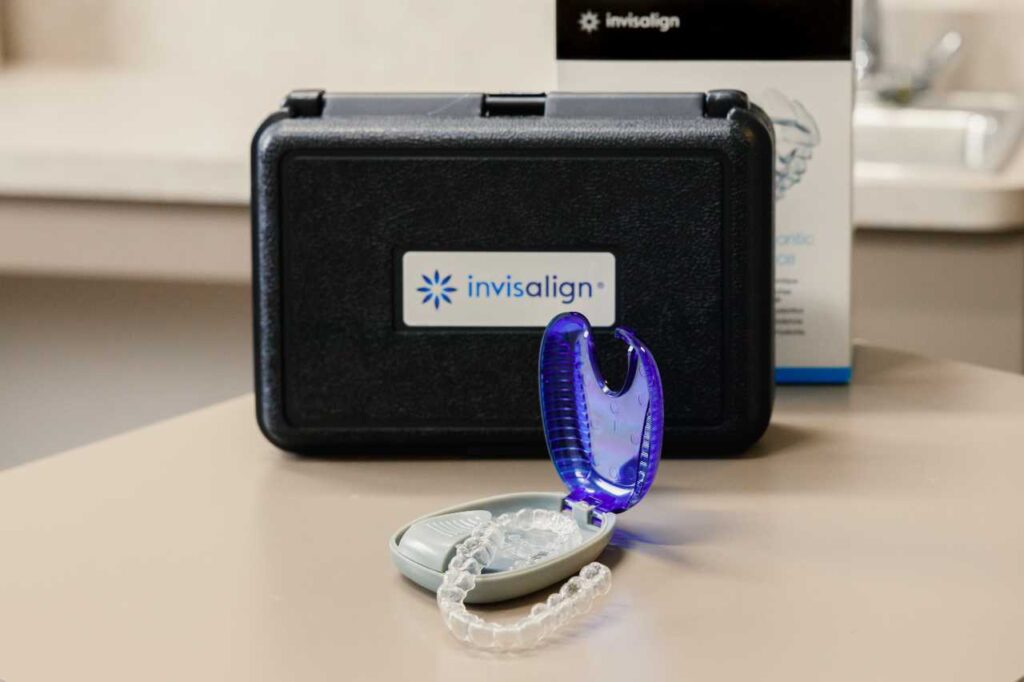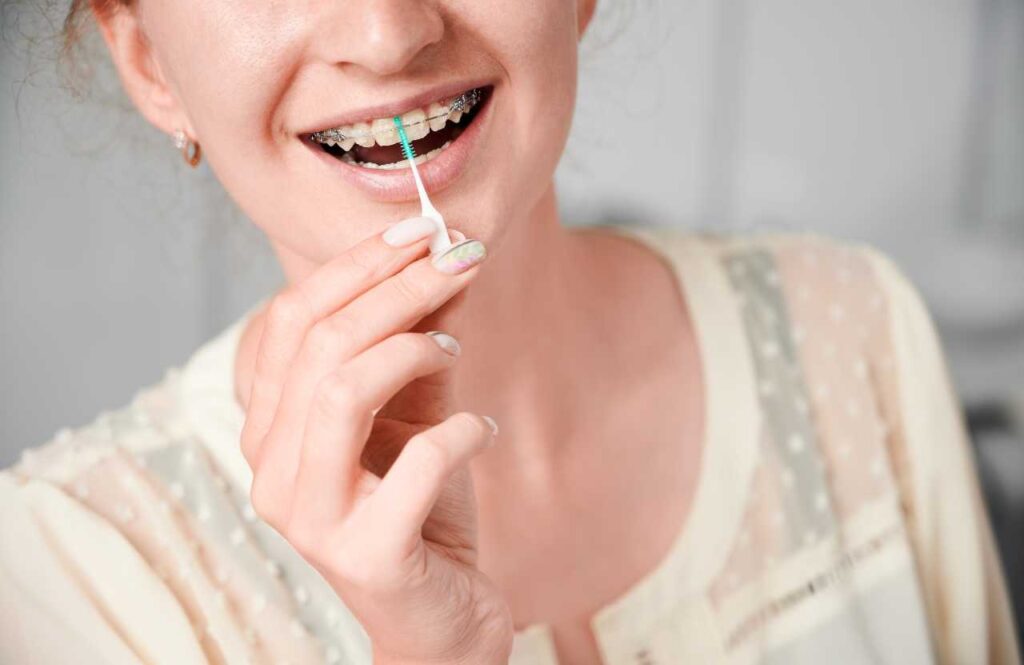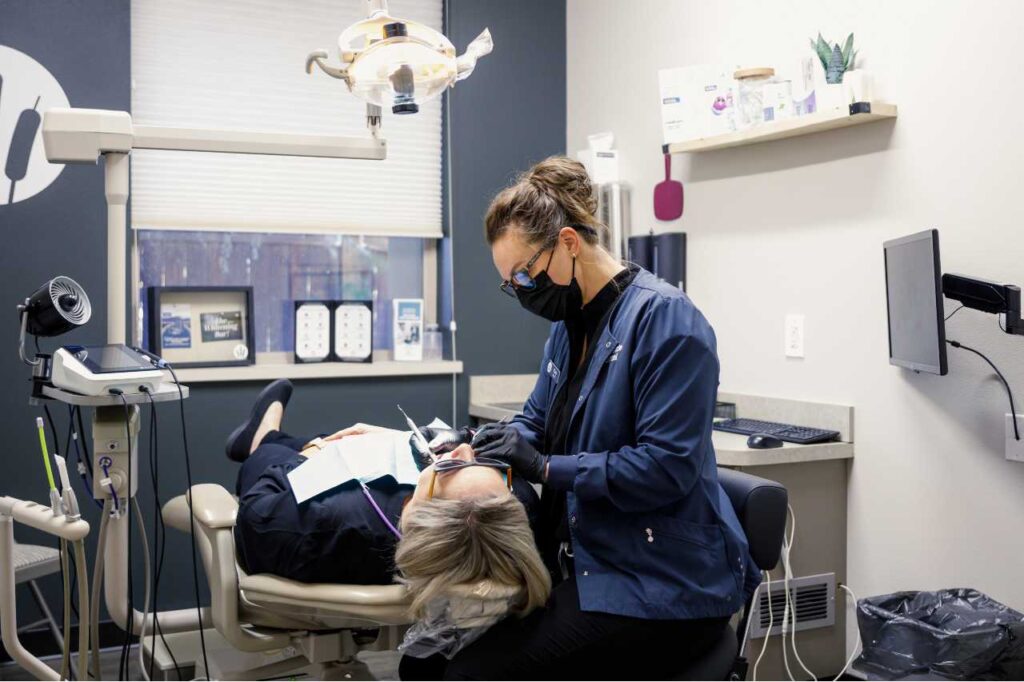Embarking on an orthodontic treatment journey, whether with traditional braces or Invisalign, brings a responsibility to maintain diligent oral hygiene. Proper braces care is not just a component of your daily routine; it’s a critical factor that influences the effectiveness of the treatment and the overall health of your mouth. Understanding and practicing good oral hygiene becomes even more essential when you have braces, as they can trap food particles and lead to plaque buildup, potentially causing dental issues. This guide provides comprehensive insights into maintaining and caring for braces, ensuring that your path to a perfect smile is healthy and effective. As you navigate your orthodontic treatment, remember that good braces care and oral hygiene are the cornerstones of achieving the best possible results.
Why It Is Important to Have Good Oral Hygiene with Braces

Maintaining good oral hygiene is paramount when you have braces, as the brackets and wires create numerous nooks and crannies that can trap food particles and plaque. If not addressed properly, this buildup can lead to tooth decay, gum disease, and even affect the success of your orthodontic treatment. Braces care involves more than just brushing; it’s about thoroughly cleaning all areas around and under the wires and brackets. Developing and adhering to a meticulous cleaning routine is essential for those undergoing orthodontic treatment. The effort put into maintaining oral hygiene with braces not only protects your teeth during treatment but also contributes to a healthier, more beautiful smile post-treatment.
The Invisalign Advantage: Easier Hygiene and Eating
Invisalign aligners offer a distinct advantage in terms of oral hygiene and overall convenience during orthodontic treatment. Unlike traditional braces, Invisalign trays are completely removable, significantly simplifying cleaning your teeth and the aligners themselves. This removability allows for more thorough brushing and flossing without the obstruction of wires and brackets. Additionally, eating becomes less of a concern with Invisalign, as there are no dietary restrictions like those associated with braces. Patients can enjoy meals without worrying about damaging their orthodontic appliances or trapping food. With ease of use and maintenance, Invisalign aligners present a comfortable and hygienic option for those seeking effective orthodontic treatment.
7 Steps to Oral Hygiene Braces Care
Step 1: Mastering Brushing Techniques
Effective daily brushing is essential when you have braces, as it helps prevent plaque buildup and maintains oral health. It’s critical to use a soft-bristled toothbrush and fluoride toothpaste, brushing gently at a 45-degree angle to clean around the brackets and under the wires. For Invisalign users, maintaining aligner cleanliness is equally crucial. Aligners should be brushed gently and rinsed in lukewarm water daily to keep them clear and bacteria-free, ensuring a healthy oral environment throughout your orthodontic treatment.

Step 2: Flossing with Precision
Flossing is a critical step in braces care, crucial for removing plaque and food particles that a toothbrush can’t reach. Utilizing orthodontic floss or floss threaders can significantly simplify the process, allowing you to clean effectively between the teeth and under the wires. Consistent and careful flossing is vital to maintaining gum health and preventing cavities, especially in areas that are difficult to clean with braces. For Invisalign users, flossing is more straightforward due to the removability of the aligners.
Step 3: Rinsing for Added Protection
Incorporating a fluoride mouthwash into your oral hygiene routine is vital for those with braces. It adds an extra layer of protection by helping to reduce plaque buildup and strengthening tooth enamel. A quick rinse can reach areas that brushing and flossing might miss, offering more comprehensive cleaning. For Invisalign wearers, using mouthwash is just as straightforward and beneficial. This step is significant after meals or snacks when brushing isn’t immediately possible, ensuring continuous protection against bacteria and tooth decay.
Step 4: Being Mindful of Eating Habits
Adopting mindful eating habits is crucial for those with braces. Certain foods, especially those that are hard, sticky, or chewy, can damage braces and increase the risk of tooth decay. It’s advisable to avoid items like popcorn, nuts, and hard candies. It is not uncommon for a peanut granola bar to break a bracket! In contrast, Invisalign wearers benefit from removing their aligners while eating, allowing fewer dietary restrictions. Regardless of the orthodontic treatment, it’s crucial to maintain a balanced diet and avoid sugary snacks to support overall dental health and the success of the treatment.
Step 5: Pursuing Consistent Dental Check-ups

Regular dental check-ups play a pivotal role in the success of orthodontic treatment. These visits allow your orthodontist to monitor progress, make necessary adjustments to braces, and ensure overall oral health is maintained. For those with Invisalign, check-ups are crucial for tracking aligner progression and making any needed modifications. These appointments also provide an opportunity for professional cleanings, which is vital for removing any plaque or tartar buildup. Staying consistent with these visits ensures any issues are addressed promptly, keeping your orthodontic journey on track.
Step 6: Preparing to Address Orthodontic Emergencies
Being prepared to handle orthodontic emergencies is a crucial aspect of braces care. If a bracket breaks or a wire pokes, you must contact your orthodontist immediately for advice or an appointment. These issues, if left unaddressed, can cause discomfort and potentially impact the treatment’s progress. Keeping a small orthodontic kit handy with wax, pain relievers, and temporary fixatives can be a lifesaver in managing minor discomforts until professional help is available. For Invisalign users, issues like lost or damaged aligners also need prompt attention.
Step 7: Embracing Post-Treatment Care
Post-treatment care is essential for maintaining the results achieved through orthodontic treatment. Once braces are removed, using retainers as directed by your orthodontist is crucial to prevent teeth from shifting back to their original positions. While it may be tempting to skip using them, a single week could undo all of the progress you made over those months.

For Invisalign users, the transition to retainers is often seamless, as they are accustomed to wearing aligners. Regular cleaning of retainers is as essential as it was for braces or aligners, ensuring they remain hygienic and effective. Embracing this final step ensures the longevity of your newly aligned and beautiful smile.
Prioritizing Oral Hygiene for Orthodontic Success
Good oral hygiene is the cornerstone of successful orthodontic treatment, whether you have traditional braces or Invisalign. By following these seven essential steps, you ensure the health and beauty of your smile throughout your orthodontic journey. Remember, for expert guidance on braces care and to ensure your orthodontic experience is smooth and effective, consult with the professionals at Creekside Dental today. We are committed to supporting you every step of the way towards achieving your perfect smile.